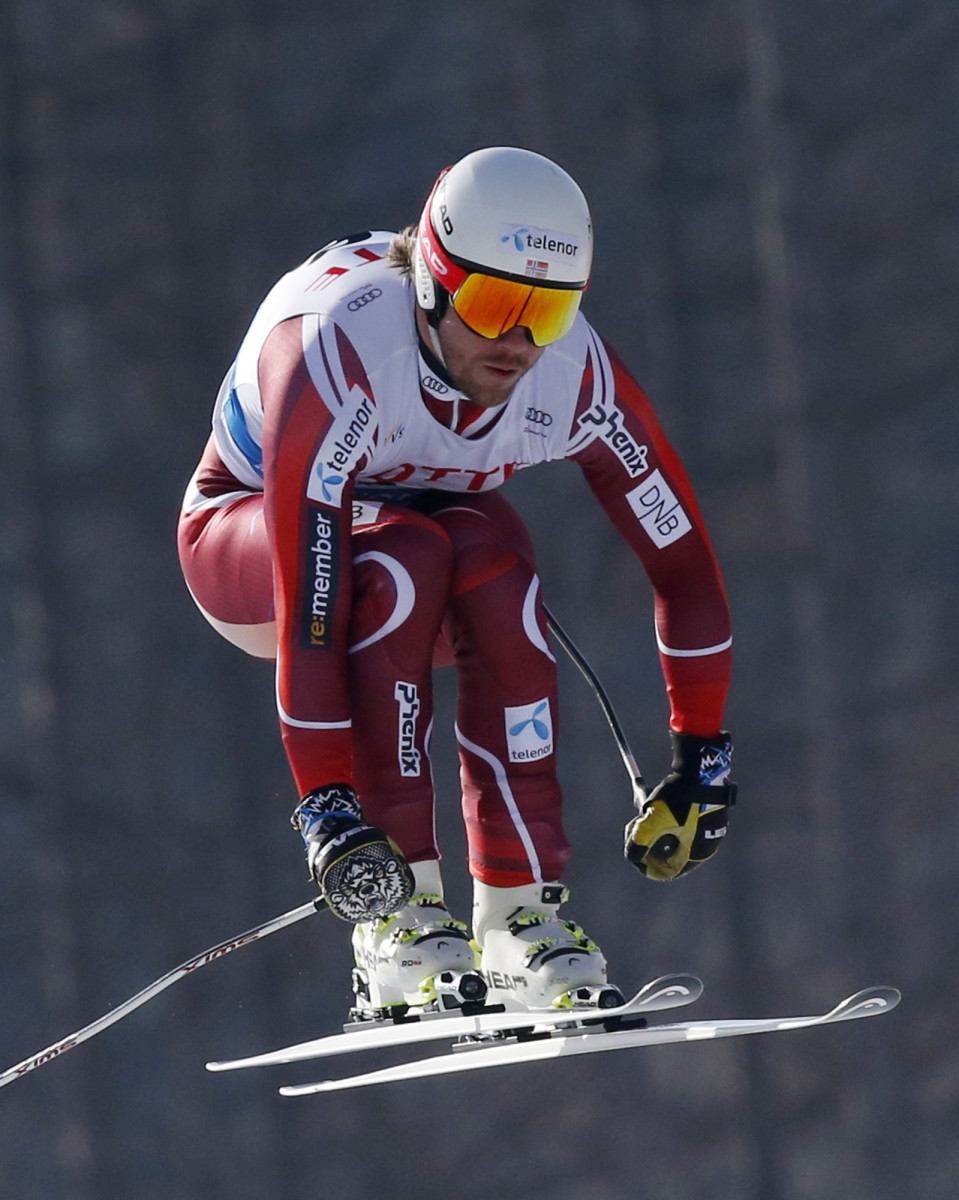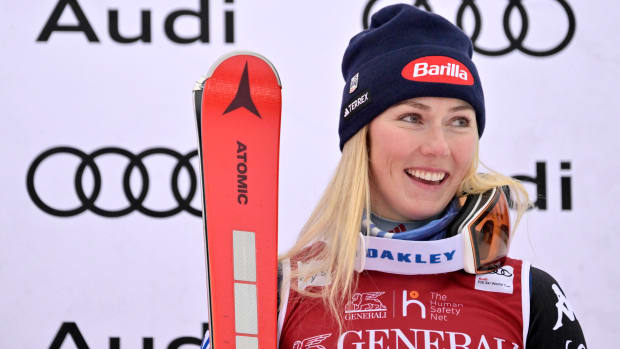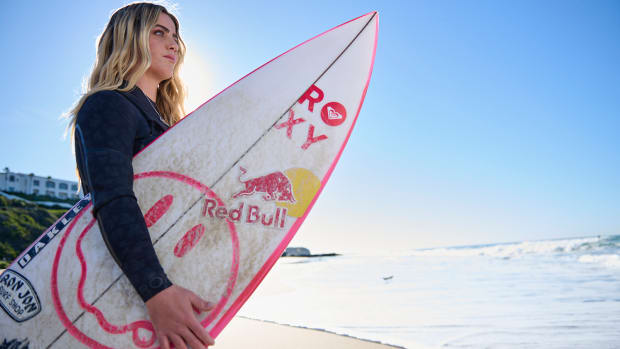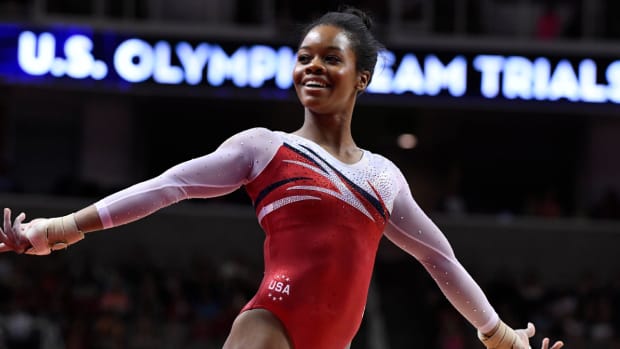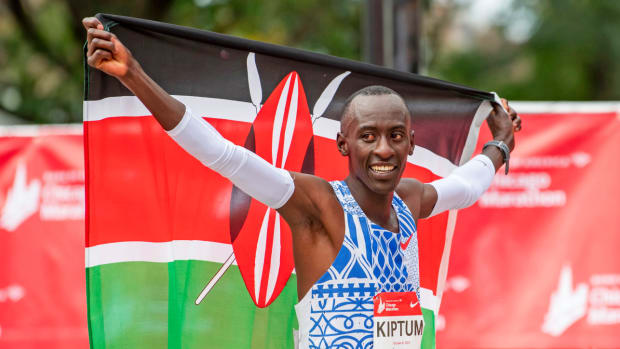'No slow motion needed' on tame Pyeongchang downhill course
JEONGSEON, South Korea (AP) No super-steep gradients, no rock-hard ice, no death-defying speeds.
It's not what Christof Innerhofer had in mind for the downhill course for the 2018 Pyeongchang Olympics. The Italian skier prefers only the toughest challenges and the Jeongseon piste - the first downhill developed in South Korea - is much tamer than what World Cup racers are accustomed to.
''Downhill is (called) downhill because you must go 130-160kph (80-100mph). When you see the speed and you see 96 kph (60 mph) a lot of people will say, `What is this for downhill? I can do this, too.' This is a little bit sad.''
''They don't need slow motion here,'' added Innerhofer, who took silver in downhill and a bronze in combined on a much more challenging course at the 2014 Sochi Olympics.
Innerhofer, though, was one of the few skiers critical of the course during the first test event for the next Winter Olympics.
Kjetil Jansrud led a chorus of approval after leading the opening World Cup training session Thursday.
''It's one of the first downhills in a long, long time where we've had winter conditions and real good snow and sun, so just that alone makes for a good downhill,'' Jansrud said.
The Norwegian skier, an athletes' rep, said Innerhofer could come to him with any concerns or criticism and he'd take it to course setter Hannes Trinkl, or said the Italian could go directly to officials himself.
''If you ask a lot of people some are going to say it's slow because they like it when it's fast. Some are going to say it's perfect because they like it the way it is. That's part of the game,'' said Jansrud, who averaged 100.02 kph (62 mph) during his run.
Innerhofer placed 32nd, more than two seconds behind.
Another training session is scheduled for Friday, followed by the downhill race Saturday and a super-G on Sunday.
The Alpine venue was developed specifically for the Olympics. It features only three slopes - a downhill course, a slalom run for combined, and a training piste - and is not open to the public.
''(There's) a lot of mountains here,'' Innerhofer said. ''I think they can find one that is a little bit more steep.''
With women to use the same course as the men during the 2018 Games, the downhill's steepest gradient is 65 percent, with an average incline of 29 percent.
''They've done a good job. It's a wide-open track,'' U.S. head coach Sasha Rearick said. ''A lot of air time - something that we like. It's not an old-school downhill challenge by any means. It's got its own unique challenges - a lot of blind turns, you got to be able carry momentum from the top to the bottom through big downhill-type turns.''
Course designer Bernhard Russi, the 1972 Olympic champion, also probably had in mind that at the Olympics there are often downhillers entered from countries who don't usually race the World Cup.
''You have all the different nations running it who don't want to kill themselves,'' American racer Marco Sullivan explained. ''It's not the hardest course but it's going to be fun to watch with the big jumps. It's fun to ski. And that's really what you need.''
Especially in a season that has been marred by season-ending crashes to standouts such as two-time overall World Cup winner Aksel Lund Svindal and Sochi gold medalist Matthias Mayer.
''It's a good downhill,'' Austrian winter sports director Hans Pum said, recalling how the race on the notoriously tough Streif course in Kitzbuehel had to be called after only 30 racers last month following a series of crashes. ''We are always on the limit.''
With cool weather, snow conditions are perfect and the course is completely in the sun.
''That's a big (plus). Everybody loves sun,'' Jansrud said. ''If there's cloudy weather it's going to be (difficult) because it will be a huge difference.''
The four big jumps on the course have no official names yet but the U.S. team has come up with their own, unofficial, titles: Kimchi Kicker, Sushi Slapper and Eggdrop Drop.
''We haven't named the finish jump yet,'' Sullivan explained. ''We're trying to throw a little culture into the course.''
Still, that might not be enough spice for Innerhofer.
---
Andrew Dampf on Twitter: www.twitter.com/asdampf
